This review of ‘Michael Armitage: Paradise Edict’ describes the display at the Haus der Kunst, Munich, in 2020–21. The exhibition is currently at the Royal Academy of Arts, London (until 19 September).
Monkeys stand sentinel at the entrance of ‘Michael Armitage: Paradise Edict’. Hung high on the wall of the stairwell, five large paintings of primates tower over the viewer like figures in an altarpiece. But these are unholy beasts; one recumbent Baboon (2016) holds a bunch of bananas over its crotch as though it were a fig leaf – yet turned upwards, sprouting from the groin like a many-pronged phallus, it is far more vulgar than what it conceals.
Making a voyeur of the viewer, these paintings set the tone for ‘Paradise Edict’ – a title which calls to mind the ways in which European eyes since the 19th century have been quick to descry a kind of earthly paradise in the mountains and forests of Kenya, imposing the status of Eden upon it from without. But if the monkeys manifest on one level the eroticism that is the other face of exoticism, they also have a strangeness that is entirely their own – Armitage is too wily a painter ever to be straightforwardly polemical. His work has been exhibited to acclaim over the past five years, but this is the 36-year-old’s first major museum presentation. With some 25 oil paintings, as well as a room that presents his drawings and watercolours alongside works by other East African artists, the exhibition demonstrates above all that the power of Armitage’s painting resides in its refusal to give its secrets away cheaply.
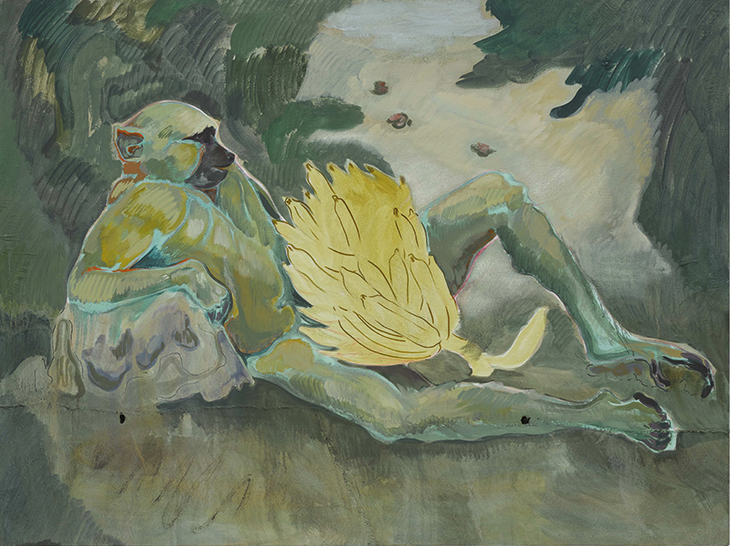
Baboon (2016), Michael Armitage. Photo: © White Cube (Ben Westoby); © Michael Armitage
Armitage was born and raised in Nairobi before studying at the Slade School of Fine Art and then the Royal Academy Schools in London. He has spoken of having ‘two worlds to draw upon’, and takes a magpie-like approach to source material that ranges from childhood memories to figures from art history, pop culture, and his own observations of the natural world or of political events. In works such as Nyayo (2017) he lifts directly from the Western canon – a young political prisoner, tortured by a writhing serpent, is modelled on one of the sons in the Laocoön group – but with its palette of green-browns, deep reds, indigos and lilacs, the work is both unmistakeably African and indebted to the colonial fantasies of Paul Gauguin. Frequently, Armitage adopts the perspective of outsider and insider at the same time, colluding with the exoticising Western gaze even as he rebukes it; the protagonist of Antigone (2018) is exposed in her nakedness by a macaque that pulls back a curtain.
Armitage paints not on canvas but on a rectangular support made of irregular, stitched-together strips of lubugo bark cloth. The material both grounds his work in the traditions of East Africa – the cloth is of holy significance for the Baganda people of southern Uganda (lubugo means ‘burial shroud’ in Luganda, indicating its traditional function) – and serves to further unsettle the experience of looking. Stitches protrude and holes gape – interruptions that are by turns incorporated into the composition and left unexplained. Abraded fields of vivid, saturated colour are achieved by vigorously scrubbing oil paint into the bark, and alternate with moments of slick painterly finish.
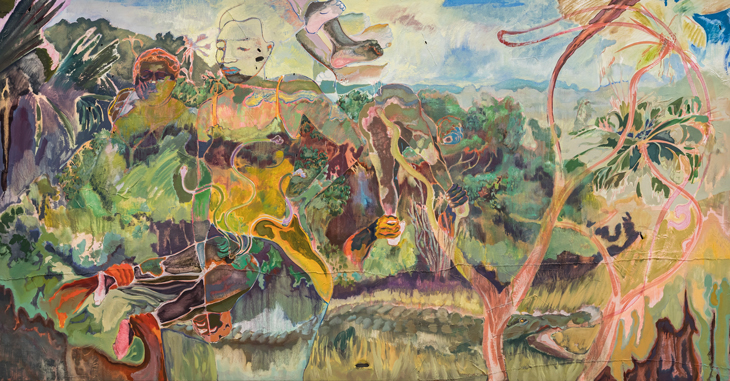
The Paradise Edict (2019), Michael Armitage. Photo: © White Cube (Theo Cristelis); © Michael Armitage
Just as the materials accrete in layers, events appear to happen on top of one another in Armitage’s paintings, giving them the quality of palimpsests. The Paradise Edict (2019) – from which the exhibition takes its title – reveals at first glance a landscape of beautiful rolling plateaus and tropical forest, unfolding beneath a high horizon. But superimposed on this is a scene of horrific, though inscrutable, cruelty, presided over by semi-transparent spirits. Figures are rising into the sky, compelled by some unknown force, but the progress of these unlucky chosen ones is impeded by hands that emerge from the undergrowth to grasp their ankles. Their faces contorted in pain, they appear caught in a vicious limbo between fantasy and reality.
Perhaps the greatest revelation at the Haus der Kunst comes in an annexe to the exhibition, in which hangs a group of around 50 East African paintings from the 1970s–’90s. Titled ‘Mwili, Akili na Roho’, this display has been arranged by the Nairobi Contemporary Art Institute, which was founded by Armitage earlier this year. For the first time, it makes it possible to look at the painter’s work alongside that of the pioneers of modernism in Kenya, revealing both his indebtedness to this tradition and the extent of his gift for reconciling his sources. The pose of the baboon with the bananas is, to my mind, lifted from one of the dandies in Le Déjeuner sur l’herbe – Édouard Manet’s famous affront to male voyeurism of 1862–63 – but the overriding aura of hyper-sexuality owes much more to Meek Gichugu, whose surreal, erotic works also dissolve the boundaries between human and beast. Elsewhere, a small gouache entitled Genocide (n.d.) by Asaph Ng’ethe Macua depicts a group of armed soldiers, rampaging over a rolling landscape of luminous mountains, while in the foreground departing souls are pulled headfirst into oblivion; it is strikingly reminiscent, both in its palette and its subject matter, of The Paradise Edict. This is a generation of painters who lived through the Mau Mau Uprising and the troubled years of the Moi regime, and it is to their work that Armitage owes the uneasy balance between vividness and violence that characterises his depictions of Kenya. Nowhere more so than in the concluding room of the exhibition, in which the eight large-scale paintings from his Kenyan Election Series (2017–19) are hung.
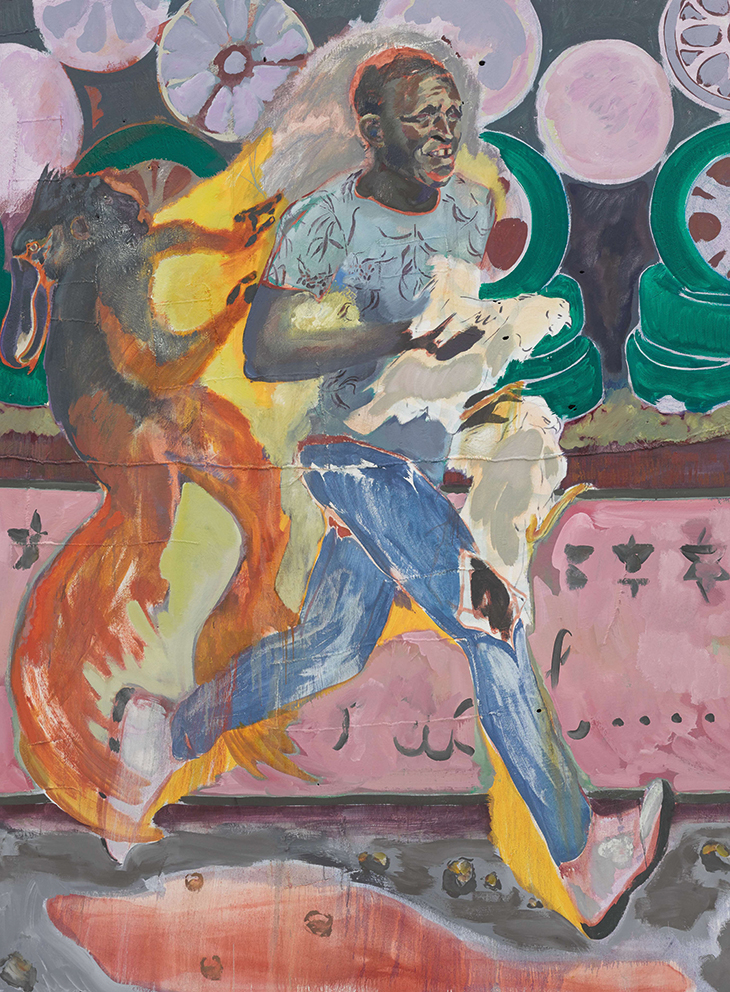
The Chicken Thief (2019), Michael Armitage. Photo: © White Cube (Theo Cristelis); © Michael Armitage
Although these works are drawn from Armitage’s observations of an opposition party rally in Nairobi ahead of the contested Kenyan elections of 2017, they look away from the main political narrative to shine a light on action taking place off-stage, resulting in a Goya-esque carnival of tragic everymen and fools. The Chicken Thief (2019) flees arrest – or perhaps he is running in vain from the demonic monkey on his back; in The Fourth Estate (2017) the demonstrators at Uhuru Park, brandishing posters, are watched over by a gigantic, gloating frog that sits in a tree above them. The rush of hopeful protestors on the left of The Promised Land (2019) morphs into a chaos of fleeing bodies, tear gas and Molotov cocktails on the right, while at the centre, a discarded pamphlet lies on the ground. It is titled ‘The Paradise Edict’ – but, typically, this is more a puzzle than a clue. What exactly it might decree, and under whose authority, remains unclear, for the rest of the text is obscured by a baboon squatting over it. Oblivious to the carnage, it stares impassively at the viewer, keeping its secrets close.
‘Michael Armitage: Paradise Elect’ is at the Royal Academy of Arts, London, until 19 September.
From the November 2020 issue of Apollo. Preview and subscribe here.
Unlimited access from just $16 every 3 months
Subscribe to get unlimited and exclusive access to the top art stories, interviews and exhibition reviews.


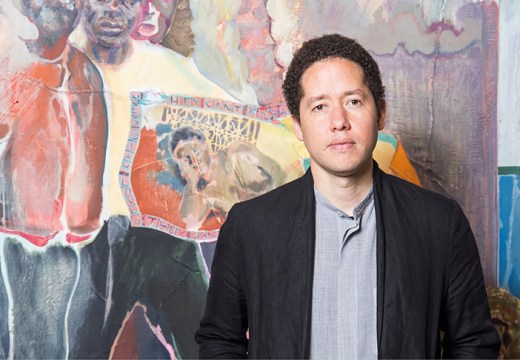
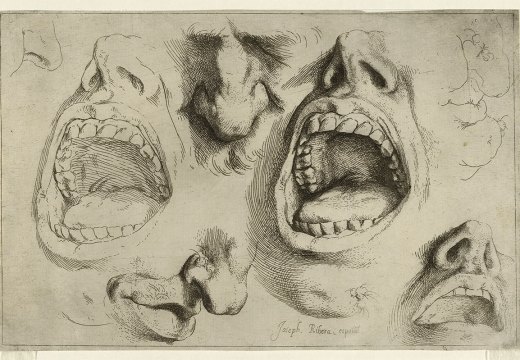
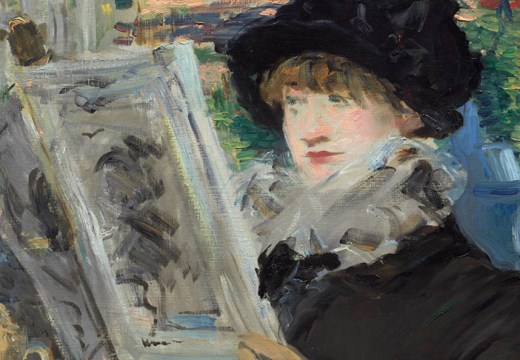









![Masterpiece [Re]discovery 2022. Photo: Ben Fisher Photography, courtesy of Masterpiece London](http://www.apollo-magazine.com/wp-content/uploads/2022/07/MPL2022_4263.jpg)
It’s time for the government of London to return to its rightful home